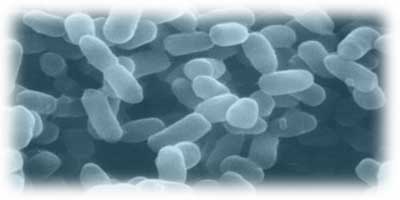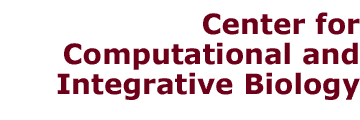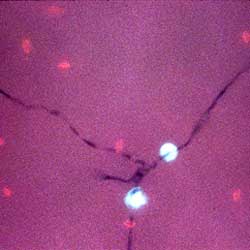 |
|||||||||||||||||
|
|||||||||||||||||
|
Bacteria
Genomic Dissection of Bacterial Pathogens To better elucidate mechanisms of pathogenicity, the Ausubel laboratory is developing powerful, high-throughput models to study the infectious process and combining them with the power of bacterial genetics and genomics. Our lab has studied a number of microbial pathogens over the past several years, including species of Salmonella and Enterococcus, Staphylococcus aureus, Cryptococcus neoformans, and Fusarium oxysporum. However, the first human pathogen studied in the lab, and the best characterized, is the opportunistic pathogen, Pseudomonas aeruginosa.
The Ausubel lab is currently developing PA14 tools to better characterize its behavior during infection. The most common strain of P. aeruginosa is PAO1, which was sequenced in 2000. However, this strain is generally less virulent than PA14 in a number of hosts. We have therefore sequenced the genome of PA14 to begin to understand the strain differences that account for its enhanced pathogenicity. In conjunction with the sequencing of PA14, we have created a genome-wide collection of defined, non-redundant mutations (http://ausubellab.mgh.harvard.edu/cgi-bin/pa14/home.cgi). Thirty thousand independent transposon insertion mutations were generated and each isolate was sequenced to determine the site of the lesion. From this master set, we then selected 5474 mutants, each affecting a distinct gene. This unigene library is being made available to the Pseudomonas research community and will allow for rapid, near-saturated screens of PA14 in a number of assays, examining virulence or any other aspect of Pseudomonas biology. Our ultimate goal is to combine the power of this bacterial mutant library with the ability to do genetics in our model hosts to understand the interactions that occur between host and pathogen during the infectious process. |
|||||||||||||||||
|
|
|||||||||||||||||
| Copyright © 2006-2012 The Massachusetts General Hospital | |||


